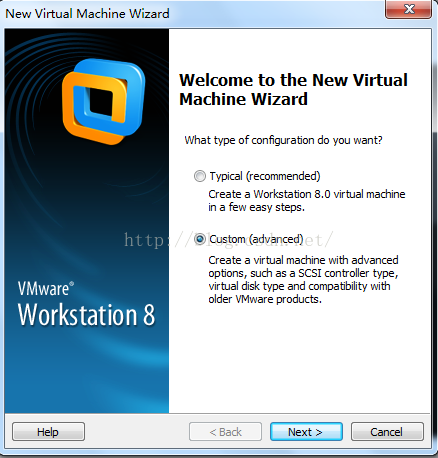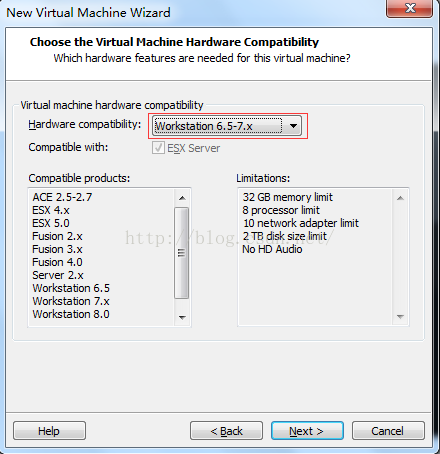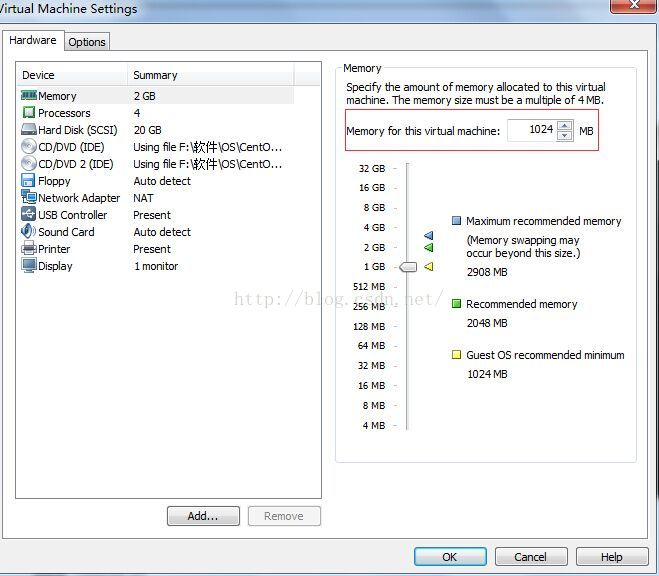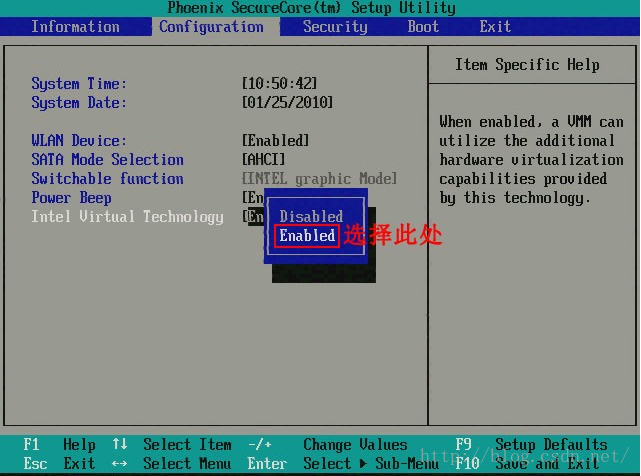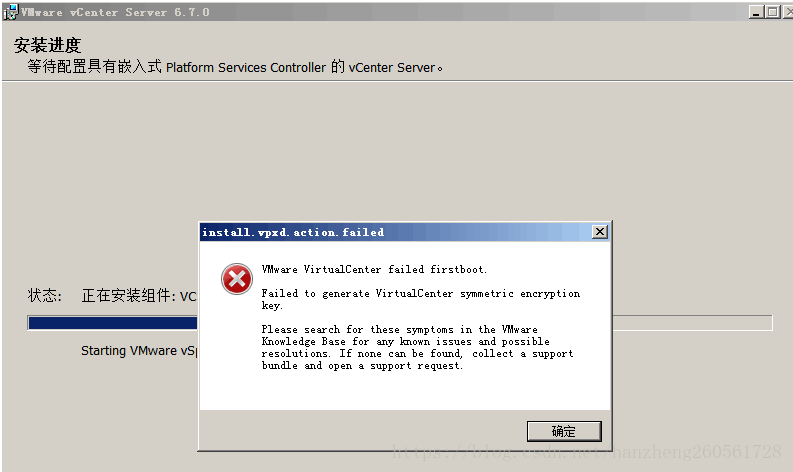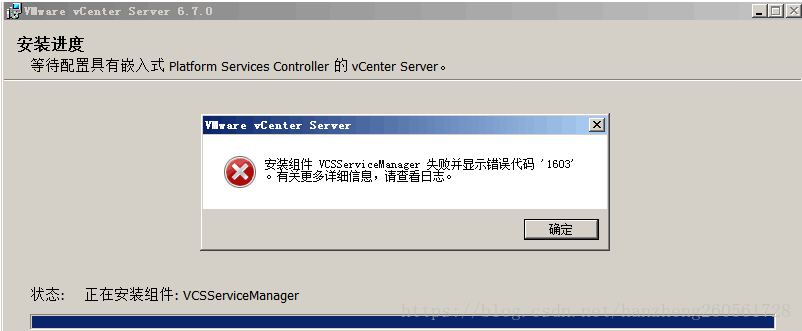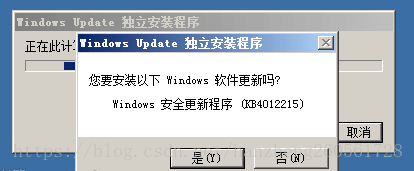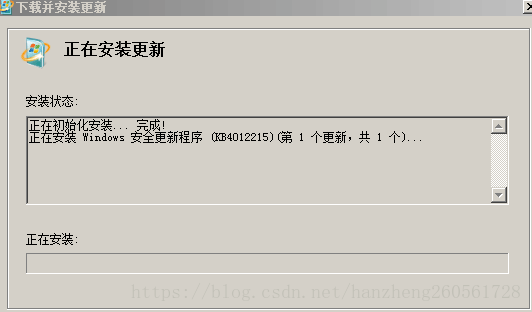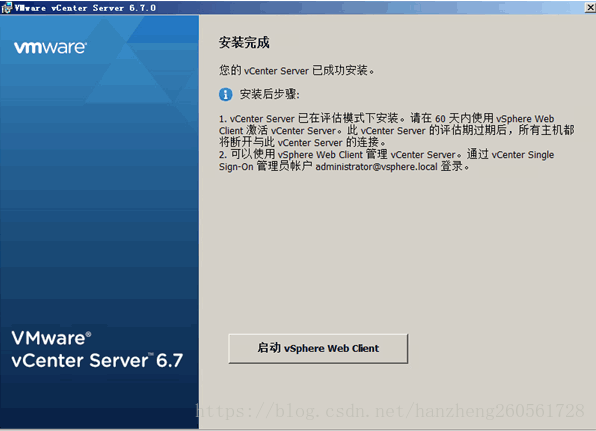After installing The compact version of VM and then installing other versions of VM, or when you want to upgrade and install a higher version, it cannot be uninstalled normally (such as prompt The MSI failed), you can refer to The following method to solve The problem. (Registry values, files, devices, etc. mentioned in this article are ignored if they do not exist in the system.)
Manual unloading:
clear the registry manually
start → run →regedit
click hkey-local-machine→software→ find the VMware file and right click to delete it.
(go to [HKEY_LOCAL_MACHINE\Software\VMware,inc] and delete the whole VMware,inc.)
operating on the registry may cause the system to fail to start properly. Please backup the registry before modifying it
1. Log in to the local computer as an administrator
2. Stop the following services
VMware Authentication Service
VMware Registration Service
VMware DHCP Service
VMware NAT Service
3. Uninstall VMware network bridge
to start & gt; Set up & gt; Network connection & GT; Right click on any network adapter & GT; attribute
select VMware Bridge Protocol and uninstall it
4. Uninstall VMware installed devices
computer management > Device Manager & GT; Check & gt; Shows hidden devices
double-click the non-plug and play driver and delete as follows
hcmon
VMware Network Application Interface
VMparport
vmx86
VMware Bridge Protocol
double-click the network adapter
uninstall a network device that contains the word VMware
5. Run VMware_Install_Cleaner. Exe (you can download it here
http://download.csdn.net/detail/xxdddail/6265655)
The default installation location is C:\Program Files\VMware. The specific location depends on the location you set when installing the software. Note: if your virtual system is also in this directory, please save the virtual system Files before deleting
7. Delete Application information folder in C:\Documents and Settings\All Users\Application Data\VMware\.
8. Delete VMware program group folder, default location is C:\Documents and Settings\All Users\Start Menu\Programs\VMware\.
9. Delete the shortcut icon for the desktop
10. Delete the following files in the system folder (note :XP system to replace “WINNT” in the path with “Windows”)
% SystemDrive % \ WINNT \ system32 \ vmnat exe
% SystemDrive % \ WINNT \ system32 \ vmnetbridge exe
% SystemDrive % \ WINNT \ system32 \ vmnetdhcp. Conf
% SystemDrive % \ WINNT \ system32 \ VMNetDHCP exe
% SystemDrive % \ WINNT \ system32 \ vmnetdhcp leases
% SystemDrive % \ WINNT \ system32 \ vmnetnat. Conf
% SystemDrive % \ WINNT \ system32 \ vmxw2ksetup DLL
% SystemDrive % \ WINNT \ system32 \ vnetprobe exe
% SystemDrive % \ WINNT \ system32 \ vnetprobelib DLL
% SystemDrive % \ WINNT \ system32 \ vnetinst DLL
% SystemDrive % \ WINNT \ system32 \ vnetlib DLL
% SystemDrive % \ WINNT \ system32 \ vnetlib exe
% SystemDrive % \ WINNT \ system32 \ drivers \ vmnet sys
% SystemDrive % \ WINNT \ system32 \ drivers \ vmnetx sys
% SystemDrive % \ WINNT \ system32 \ drivers \ VMparport sys
% SystemDrive % \ WINNT \ system32 \ drivers \ vmx86 sys
% SystemDrive % \ WINNT \ system32 \ drivers \ vmnetadapter sys
% SystemDrive % \ WINNT \ system32 \ drivers \ vmnetbridge sys
% SystemDrive % \ WINNT \ system32 \ drivers \ vmnetuserif sys
% SystemDrive % \ WINNT \ system32 \ drivers \ hcmon sys
% SystemDrive % \ WINNT \ system32 \ drivers \ vmusb sys
Delete the user groups of vmware_user__ and vmware__ __ user groups in the local user group management
12. Restart the computer
After the above operation, if the new version of VM(such as VM10) cannot be uninstalled normally, please install the original version of VM(such as VM9.0.2), and then install and uninstall. This is how I successfully installed VM10.0.
It is also possible to have uninstallable problems when installing more advanced versions of a VM with a compact version, and you can refer to this method to resolve the problem.
